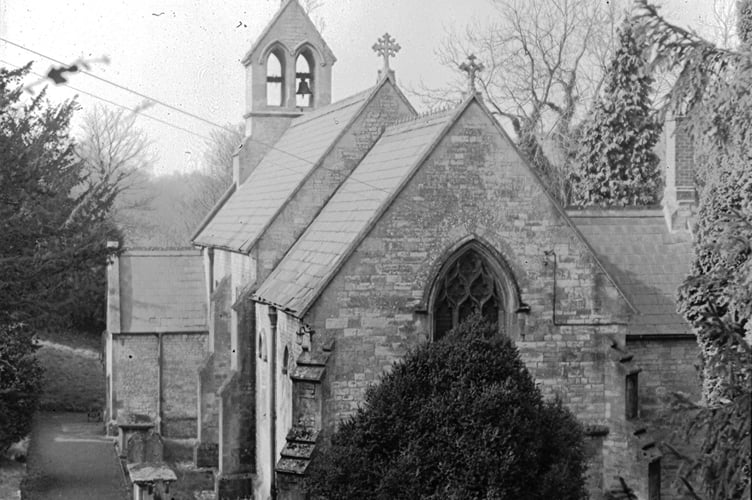CAN you guess where this week’s Mystery Photograph was taken?
Each week, the Journal invites readers to test their local knowledge by identifying a historic location from the past.
Last week the photograph was taken at St Mary Magdelene’s Church, Writhlington. Congratulations to Paul Hancock who got that correct.

Writhlington is a small village near Radstock in North East Somerset with a history rooted in agriculture and coal mining. It was once an important part of the Somerset coalfield, which shaped much of its development.
Writhlington's name is of Old English origin, possibly meaning the settlement of Wrytel’s people. The area was historically part of the Hundred of Kilmersdon, an ancient administrative division. Farming was the primary occupation for centuries, with smallholdings and fields surrounding the village.
During the 19th and early 20th centuries, Writhlington became known for its coal mines. The Writhlington Colliery was a significant employer, producing coal that was used both locally and further afield. The mines operated as part of the wider Somerset coalfield, which extended across Radstock, Paulton, and other nearby villages.
The industry peaked in the early 20th century, but like much of the British coal industry, it declined after World War II. Writhlington Colliery closed in 1973, marking the end of an era for the village.
One of the more unique aspects of Writhlington’s mining history is the discovery of important fossils in its coal tips. The spoil heaps from the colliery contained well-preserved plant fossils from the Carboniferous period, providing valuable insights into prehistoric plant life.
Following the decline of mining, Writhlington evolved into a primarily residential area, with people commuting to nearby towns like Radstock, Midsomer Norton, and Bath. Writhlington School, a well-known secondary school, has been a key part of the village's identity in recent decades.
Despite its mining past, Writhlington is now a quiet village with a mix of old and modern housing, reflecting its history and ties to Midsomer Norton.




.png?width=209&height=140&crop=209:145,smart&quality=75)